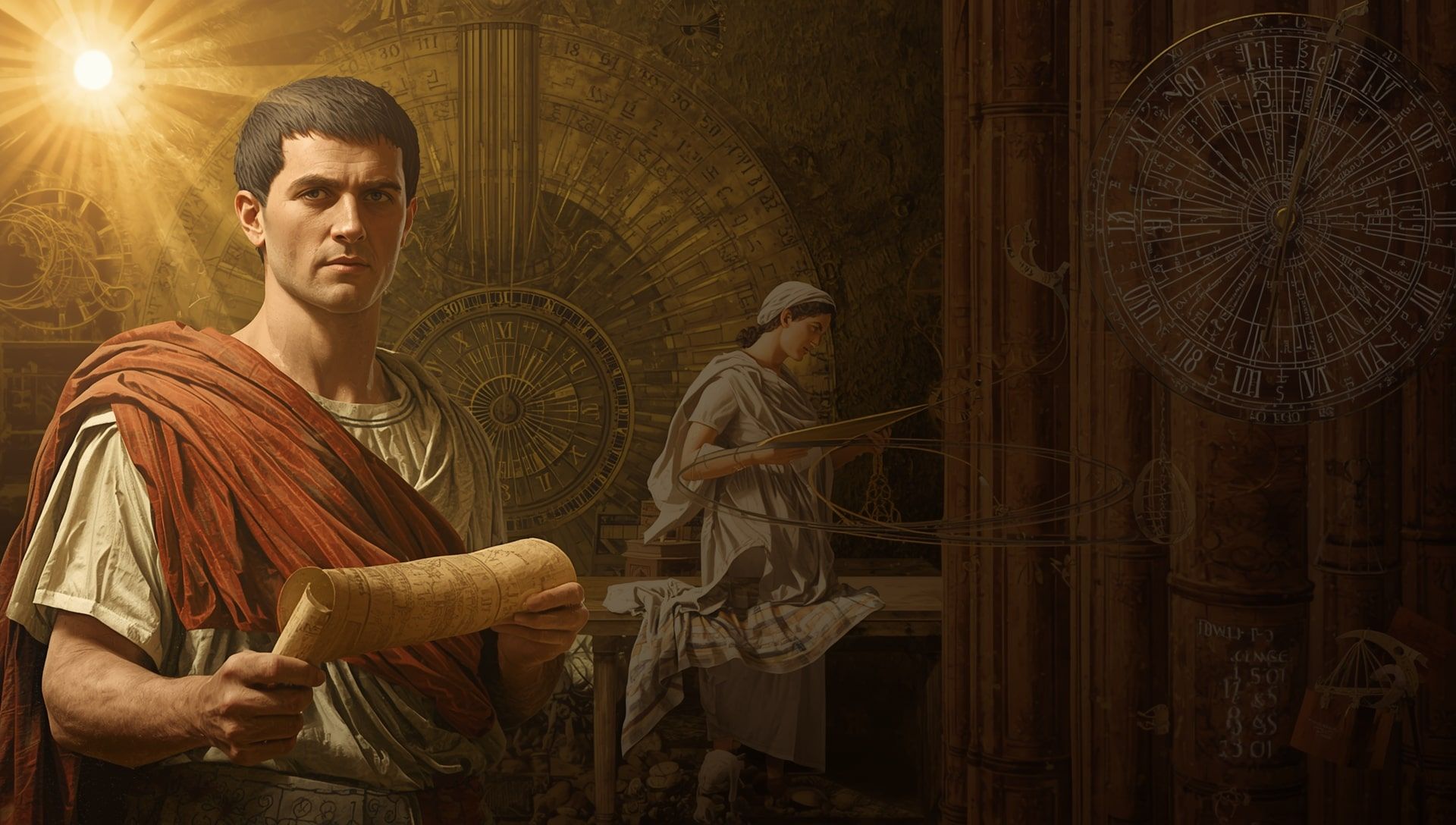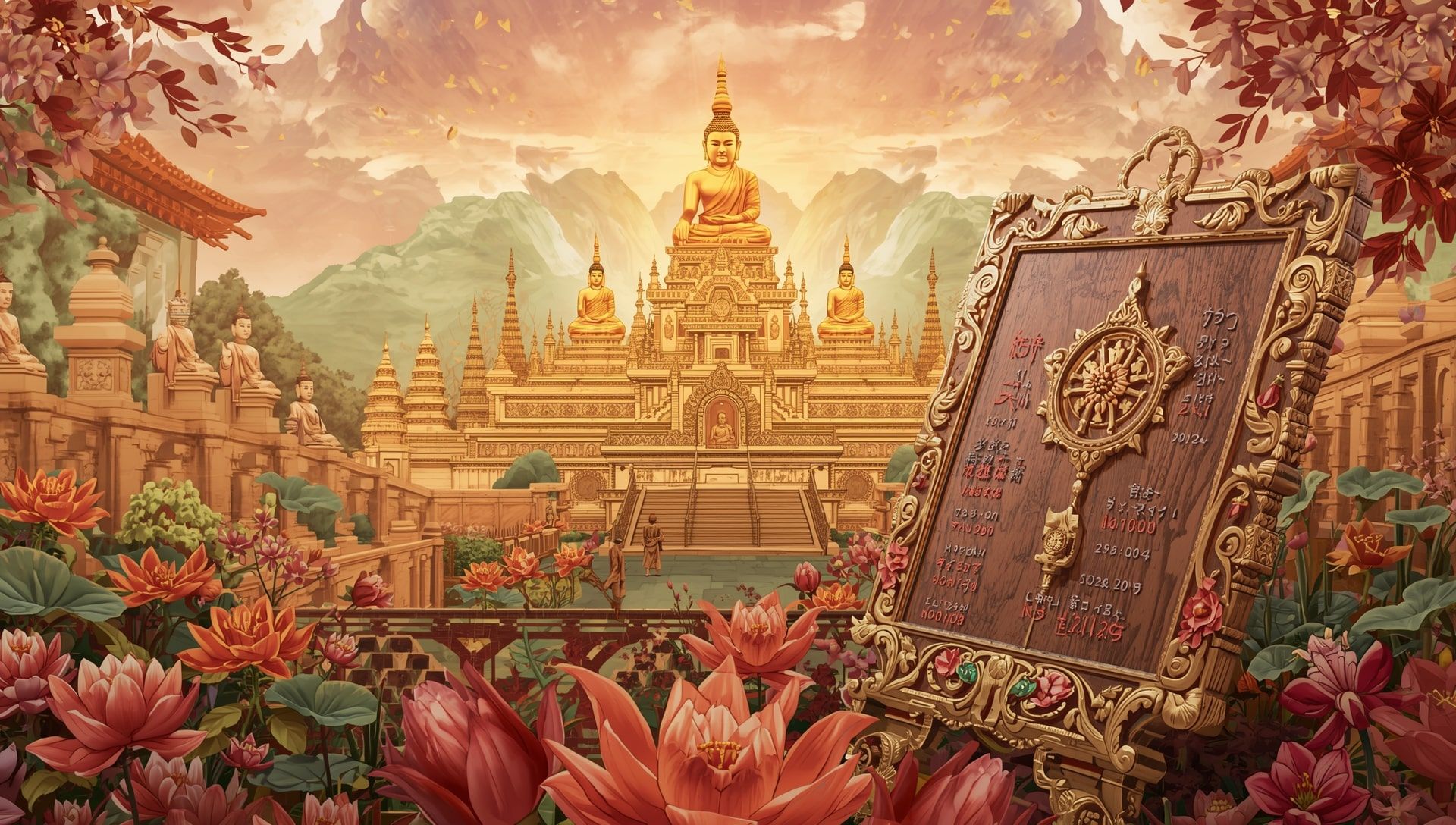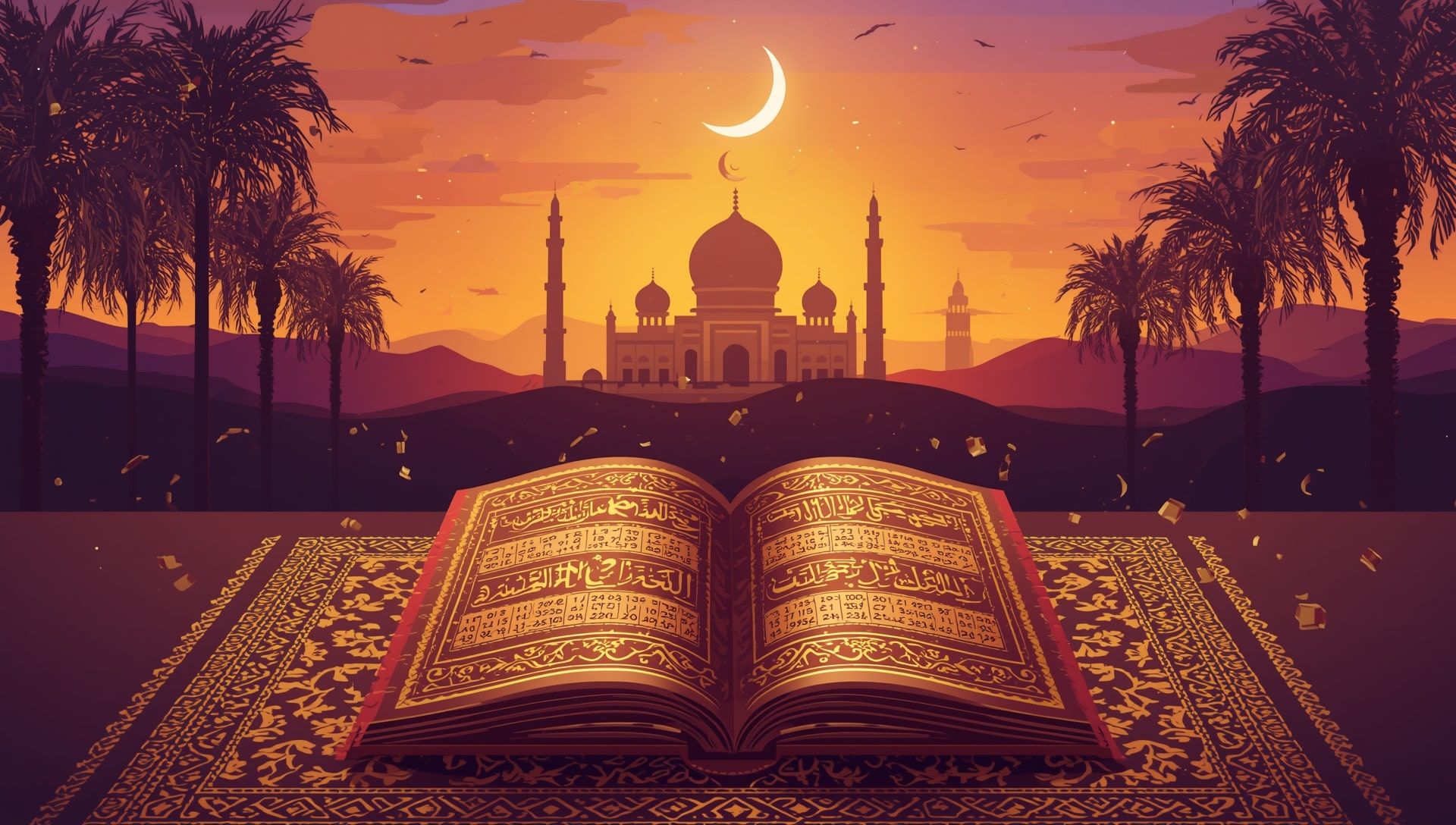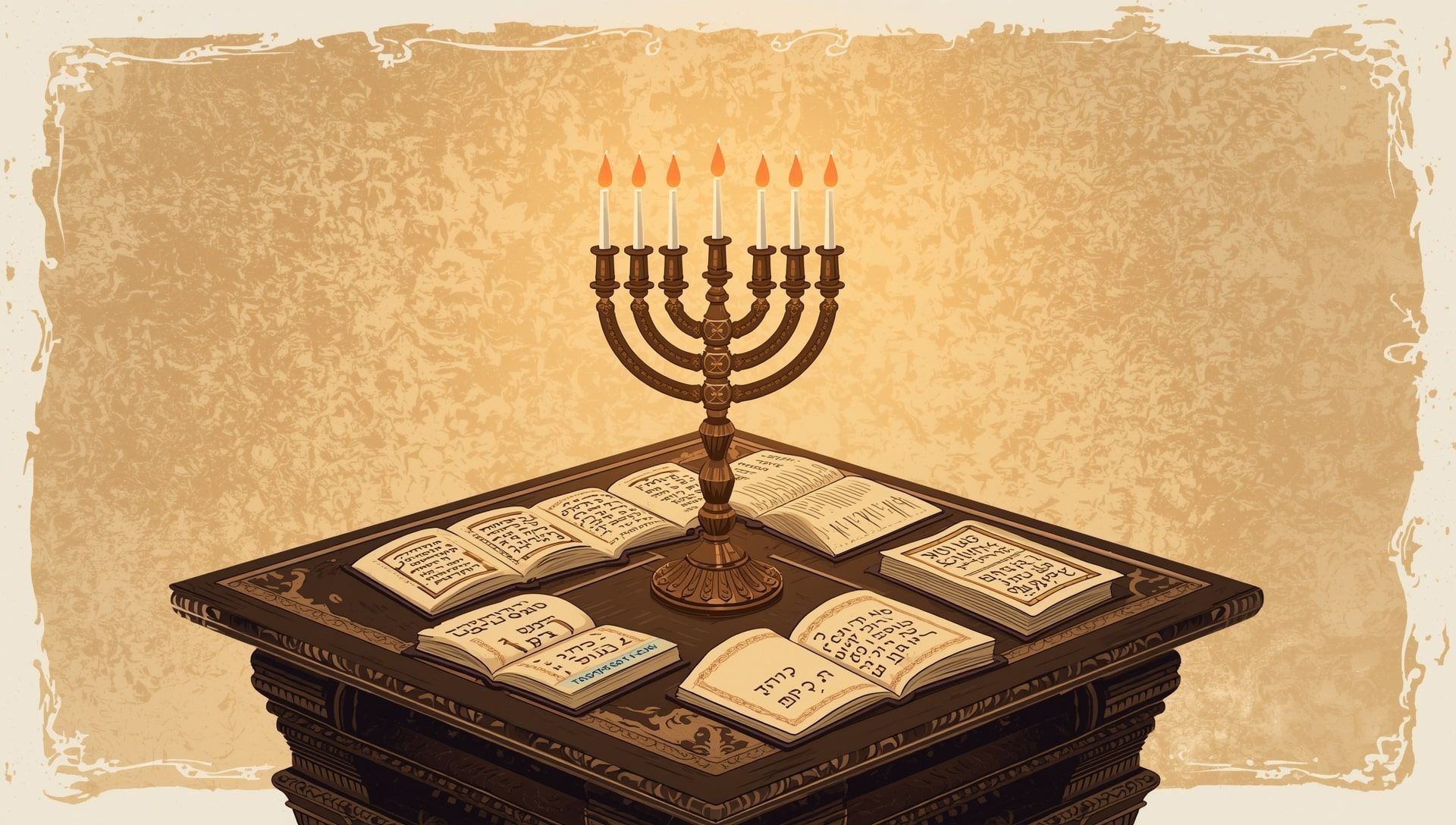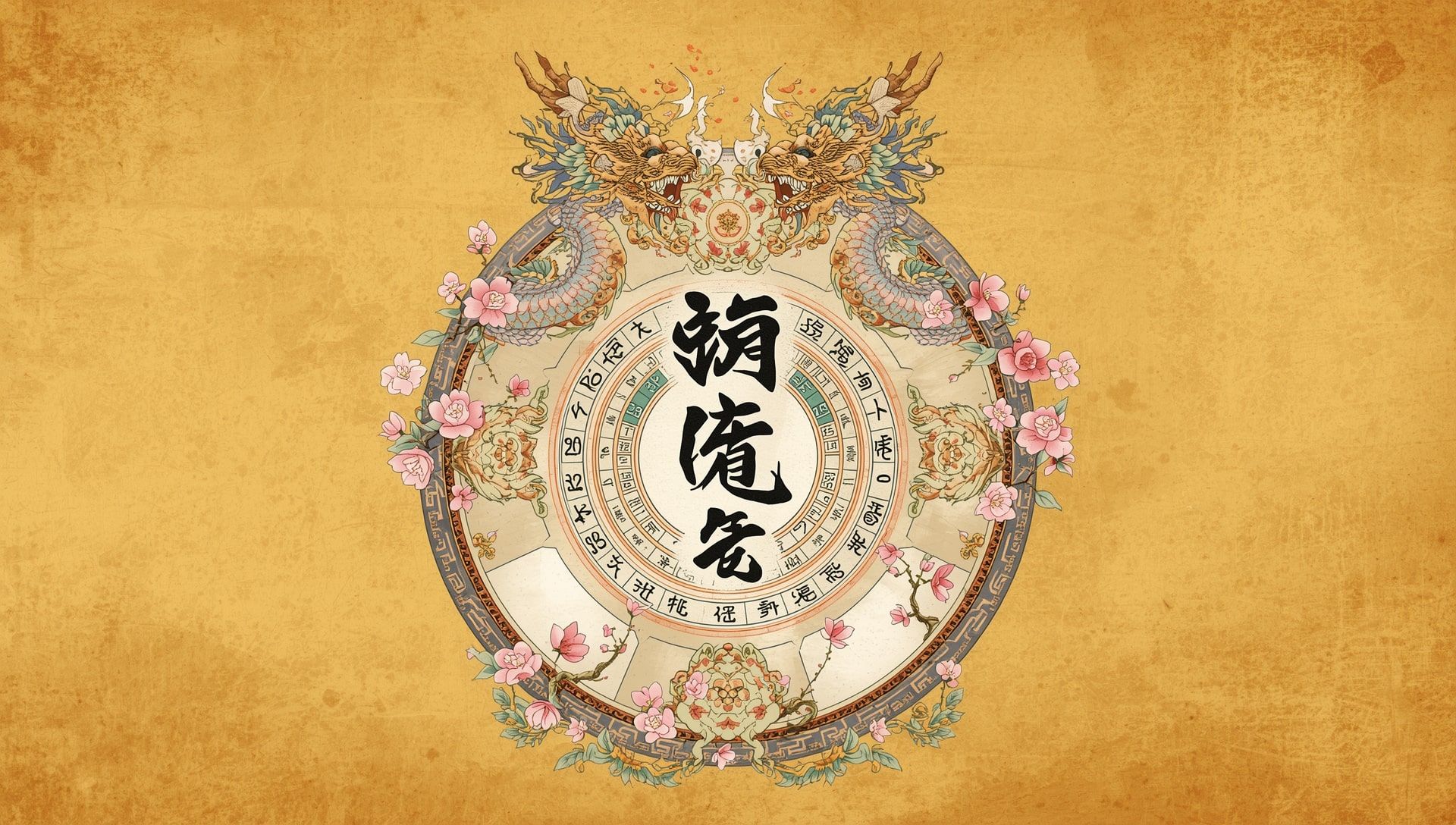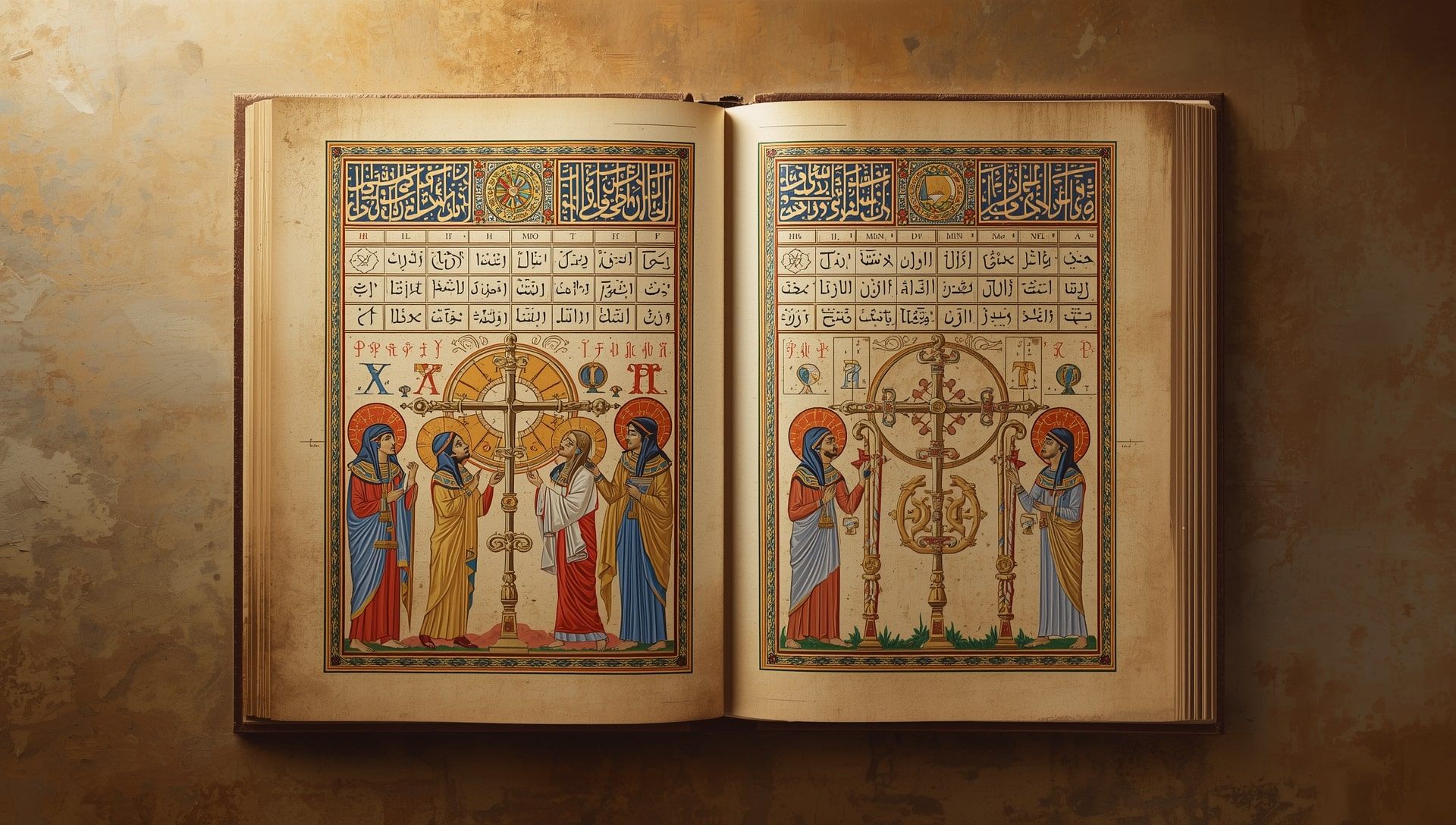Time rules everything we do. We wake, work, rest, and celebrate by its rhythm. Yet, not all calendars tell time the same way. Among the most fascinating is the Persian Solar Hijri Calendar. It quietly holds a record for accuracy that modern atomic clocks might envy. It is not just a list of days, but a living story of sky, science, and society interwoven for centuries, much like other remarkable calendar systems that shaped human history.
The Persian Solar Hijri Calendar measures time based on the exact position of the Sun as seen from Earth. Its first day begins at the vernal equinox, the precise moment when day and night share equal length in spring. That instant marks Nowruz, the Persian New Year, a celebration that traces back over 3,000 years. Every year begins with this celestial event, not an arbitrary date on paper.
| Feature | Solar Hijri Calendar | Gregorian Calendar |
|---|---|---|
| Base | Solar (Sun’s position) | Solar (averaged cycle) |
| Leap Year Rule | Astronomical observation | Fixed 4-year cycle (except centuries) |
| Start of Year | Vernal Equinox (Nowruz) | January 1 |
| Average Year Length | 365.242198 days | 365.2425 days |
| Accuracy | ±1 day per 110,000 years | ±1 day per 3,300 years |
Understanding How It Works
Unlike the Gregorian calendar, which averages leap years by rule, the Solar Hijri adjusts dynamically. Astronomers recalculate leap years according to actual solar movement. This keeps it astonishingly close to the real tropical year, with a margin of error so small it would take thousands of years to drift by a single day. This intricate understanding of the solar year resonates with how time zones must constantly stay aligned with Earth's rotation.
The Origin of the Solar Hijri System
The calendar’s origin blends science and faith. It was officially established in 1925 in Iran but its roots go far deeper. The ancient Persians had long used solar calendars tied to agricultural and religious events. Under the Seljuk ruler Jalal ad-Din Malik Shah I, Persian scholars including the famed poet and mathematician Omar Khayyam designed a reformed solar calendar. Their calculations were so precise that even modern astronomers marvel at their brilliance, similar to innovations that influenced the Gregorian reform.
How the Months Are Arranged
The Persian calendar divides the year into twelve months, each linked to nature and agriculture. The first six months have 31 days, the next five have 30 days, and the last one has 29 or 30 depending on the leap year calculation. These divisions, tied to natural cycles, echo the agricultural logic seen in many ancient calendar systems.
- Farvardin (Spring begins, Nowruz)
- Ordibehesht
- Khordad
- Tir
- Mordad
- Shahrivar
- Mehr
- Aban
- Azar
- Dey
- Bahman
- Esfand
- Nowruz marks the New Year at the March equinox.
- Days start at midnight, like the Gregorian system.
- Used officially in Iran and Afghanistan.
- Years are counted from the Hijra (622 CE), like the Islamic lunar calendar, described in more depth in this exploration of the Islamic calendar.
Why It’s So Accurate
The secret to its precision lies in real-time observation. Instead of assuming the Sun behaves perfectly each year, Persian astronomers recalibrate annually using complex equations tied to the vernal equinox. This keeps the system aligned with the Earth’s orbit. Over centuries, the error remains minuscule, making it the most accurate solar calendar ever designed. The level of astronomical synchronization even outperforms the Julian calendar in long-term reliability.
Comparison Through Time
Imagine the Gregorian calendar drifting away slowly from the natural seasons. Over millennia, spring might begin in mid-February or April. The Solar Hijri avoids that fate. By adjusting to the equinox, it remains faithful to real-world cycles. This alignment has cultural and spiritual meaning too. Persian festivals follow nature’s heartbeat, not human decree, similar to how Buddhist and regional calendars tie celebrations to seasonal rhythms.
The Cultural Pulse of Time
Calendars reflect more than arithmetic. They express how a society feels about existence. The Persian Solar Hijri Calendar ties daily life to nature’s rhythm. Each month echoes a story of renewal, patience, and balance. Farmers plan crops, poets compose verses, and families celebrate Nowruz together, sweeping away winter’s dust and inviting light back into homes, much like global holiday traditions that revolve around light and rebirth.
How the Calendar Shapes Identity
In Iran and Afghanistan, the Solar Hijri calendar is more than administration. It connects generations. Even those who live abroad use it to mark birthdays and anniversaries. The dates carry memories of home, tradition, and belonging. The calendar has survived wars, dynasties, and modernization because it serves both science and the soul. This endurance mirrors how diverse cultures and nations preserve their unique approaches to timekeeping.
Interesting Details That Many Miss
- Each Solar Hijri year corresponds to an Islamic lunar year but runs about 11 days longer, so festivals rarely overlap.
- Its numbering system starts from Prophet Muhammad’s migration to Medina in 622 CE, the same Hijra epoch as the Islamic calendar.
- It’s recognized internationally by the United Nations for Iran’s official use.
- Omar Khayyam’s version in 1079 CE was more precise than the Julian calendar by centuries, proving its advanced chronological design.
- Modern software and Iranian observatories still compute leap years manually using astronomical tables.
Science Behind Its Leap Years
Leap years follow a 33-year pattern, but not perfectly. Within that cycle, 8 years contain 366 days while others have 365. Astronomers constantly fine-tune this distribution. It keeps the calendar’s year length within a few seconds of the true solar year. For comparison, the Gregorian calendar’s leap-year rule occasionally misaligns by entire hours over centuries, an issue also noted when studying the Revised Julian Calendar.
| Cycle Year | Leap Year? | Reason |
|---|---|---|
| 1 | ✅ Yes | Balances equinox alignment |
| 5 | ✅ Yes | Compensates orbital delay |
| 9 | ❌ No | Short correction interval |
| 13 | ✅ Yes | Ensures seasonal match |
| 29 | ✅ Yes | Refines long-term drift |
Why This Calendar Still Feels Modern
In an age of smartphones and satellites, the Persian Solar Hijri calendar still feels fresh. Its logic is rooted in nature, not bureaucracy. It recognizes that time should reflect movement in the cosmos. Each Nowruz reconnects people with the physical world, reminding them that renewal is both scientific and spiritual. This dynamic approach parallels how modern planners and time apps now seek to blend practicality with mindfulness.
Closing Reflections on a Living Time System
The Persian Solar Hijri Calendar stands as proof that precision and poetry can coexist. Its creators did not just want to measure time, they wanted to understand it. The Sun’s path across the sky, the tilt of the Earth, and the promise of spring all merge into one elegant count. It’s not merely about marking days, but about feeling aligned with the universe itself. Few systems of time capture both science and soul so beautifully.

